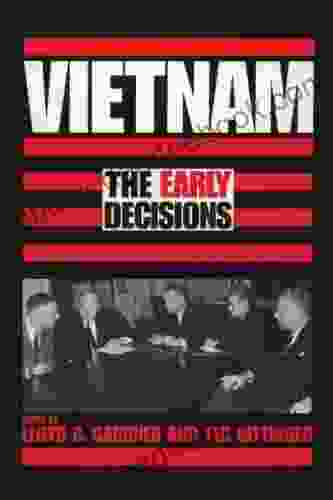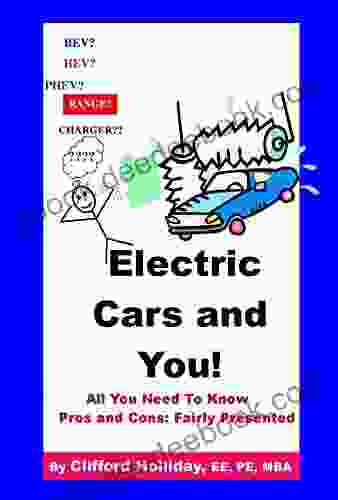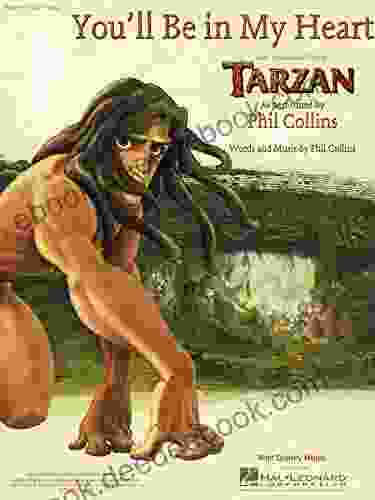The Sounds of Poetry: A Brief Guide

Poetry is an art form that uses words to create a sensory experience. One of the most important elements of poetry is sound. The sounds of words can create a variety of effects, from creating a sense of rhythm and movement to evoking emotions. In this brief guide, we will explore the different ways that poets use sound to create their effects.
4.3 out of 5
| Language | : | English |
| File size | : | 260 KB |
| Text-to-Speech | : | Enabled |
| Screen Reader | : | Supported |
| Enhanced typesetting | : | Enabled |
| Word Wise | : | Enabled |
| Print length | : | 146 pages |
Rhythm
Rhythm is one of the most basic elements of poetry. It is the pattern of stressed and unstressed syllables in a line of poetry. Rhythm can create a sense of movement and energy, or it can be used to create a more спокойный and reflective tone. For example, the following line from William Blake's poem "The Tyger" uses a strong, regular rhythm to create a sense of energy and excitement:
Tyger Tyger, burning bright, In the forests of the night;
In contrast, the following line from John Keats' poem "Ode to a Nightingale" uses a more gentle, flowing rhythm to create a more спокойный and reflective tone:
My heart aches, and a drowsy numbness pains My sense, as though of hemlock I had drunk,
Meter
Meter is a more specific type of rhythm that is based on the number of stressed and unstressed syllables in a line of poetry. There are many different types of meters, each with its own unique sound and effect. For example, the following line from William Shakespeare's sonnet "Sonnet 18" is written in iambic pentameter, which is a meter that consists of five pairs of stressed and unstressed syllables:
Shall I compare thee to a summer's day?
Iambic pentameter is a very common meter in English poetry, and it is often used to create a sense of formality and elegance.
Rhyme
Rhyme is another important element of sound in poetry. Rhyme occurs when two words have the same sound at the end. Rhyme can be used to create a sense of unity and coherence, or it can be used to create a more playful and lighthearted tone. For example, the following lines from Samuel Taylor Coleridge's poem "The Rime of the Ancient Mariner" use rhyme to create a sense of unity and coherence:
Water, water, everywhere, Nor any drop to drink.
In contrast, the following lines from Ogden Nash's poem "The Hippopotamus" use rhyme to create a more playful and lighthearted tone:
The hippo's a big animal, With a skin that is very granimal.
Alliteration
Alliteration is a literary device that uses the repetition of consonant sounds at the beginning of words. Alliteration can create a sense of rhythm and movement, or it can be used to emphasize certain words or phrases. For example, the following line from William Blake's poem "The Tyger" uses alliteration to create a sense of rhythm and movement:
Tyger Tyger, burning bright,
In contrast, the following line from Gerard Manley Hopkins' poem "The Windhover" uses alliteration to emphasize the word "windhover":
I caught this morning morning's minion, king- dom of daylight's dauphin, dapple-dawn-drawn Falcon, in his riding
Assonance
Assonance is a literary device that uses the repetition of vowel sounds within words. Assonance can create a sense of harmony and unity, or it can be used to create a more dissonant and jarring effect. For example, the following line from Edgar Allan Poe's poem "The Raven" uses assonance to create a sense of harmony and unity:
Once upon a midnight dreary, while I pondered, weak and weary,
In contrast, the following line from T.S. Eliot's poem "The Waste Land" uses assonance to create a more dissonant and jarring effect:
I will show you fear in a handful of dust
Consonance
Consonance is a literary device that uses the repetition of consonant sounds within words. Consonance can create a sense of rhythm and movement, or it can be used to emphasize certain words or phrases. For example, the following line from William Shakespeare's play "Hamlet" uses consonance to create a sense of rhythm and movement:
To be or not to be, that is the question
In contrast, the following line from Emily Dickinson's poem "Because I could not stop for Death" uses consonance to emphasize the word "death":
Because I could not stop for Death, He kindly stopped for me
Onomatopoeia
Onomatopoeia is a literary device that uses words that imitate sounds. Onomatopoeia can be used to create a more realistic and immersive experience for the reader. For example, the following line from Samuel Taylor Coleridge's poem "The Rime of the Ancient Mariner" uses onomatopoeia to create a more realistic sound of the wind:
And now the STORM-BLAST came, and he Was tyrannous and strong: He struck with his o'ertaking wings, And chased us south along.
Onomatopoeia can be a very effective way to create a sense of atmosphere and to make the reader feel like they are actually experiencing the events of the poem.
The sounds of poetry are an essential element of the art form. Poets use sound to create a variety of effects, from creating a sense of rhythm and movement to evoking emotions. By understanding the different ways that poets use sound, we can better appreciate the richness and complexity of poetry.
4.3 out of 5
| Language | : | English |
| File size | : | 260 KB |
| Text-to-Speech | : | Enabled |
| Screen Reader | : | Supported |
| Enhanced typesetting | : | Enabled |
| Word Wise | : | Enabled |
| Print length | : | 146 pages |
Do you want to contribute by writing guest posts on this blog?
Please contact us and send us a resume of previous articles that you have written.
 Novel
Novel Chapter
Chapter Text
Text Story
Story Reader
Reader Library
Library Magazine
Magazine Newspaper
Newspaper Sentence
Sentence Bookmark
Bookmark Bibliography
Bibliography Preface
Preface Synopsis
Synopsis Footnote
Footnote Manuscript
Manuscript Scroll
Scroll Tome
Tome Classics
Classics Autobiography
Autobiography Memoir
Memoir Reference
Reference Dictionary
Dictionary Thesaurus
Thesaurus Narrator
Narrator Character
Character Catalog
Catalog Borrowing
Borrowing Stacks
Stacks Archives
Archives Scholarly
Scholarly Lending
Lending Reserve
Reserve Academic
Academic Journals
Journals Rare Books
Rare Books Special Collections
Special Collections Interlibrary
Interlibrary Storytelling
Storytelling Book Club
Book Club Theory
Theory Robin Melanson
Robin Melanson C Fred Alford
C Fred Alford Swapna Haddow
Swapna Haddow Rachel Thomasian
Rachel Thomasian C B Macpherson
C B Macpherson Donald A Hodges
Donald A Hodges Vicente Huidobro
Vicente Huidobro Louis S Rehr
Louis S Rehr Kadija Phillips
Kadija Phillips Alida V Merlo
Alida V Merlo Travis L Gosa
Travis L Gosa Dominick Argento
Dominick Argento Tana Johnson
Tana Johnson Skip Mort
Skip Mort Mara Lecocq
Mara Lecocq Leslie North
Leslie North Maryann Jordan
Maryann Jordan Luke Leblanc
Luke Leblanc Hazel Carter
Hazel Carter Niobia Bryant
Niobia Bryant
Light bulbAdvertise smarter! Our strategic ad space ensures maximum exposure. Reserve your spot today!
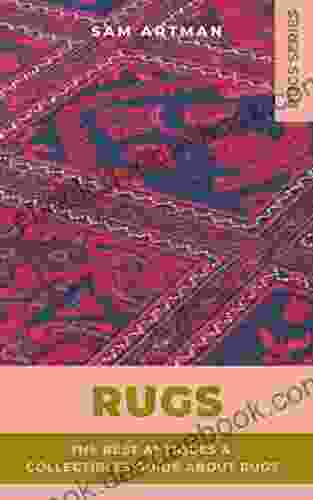
 Max TurnerUnveiling the History and Allure of Antique Rugs: A Comprehensive Collector's...
Max TurnerUnveiling the History and Allure of Antique Rugs: A Comprehensive Collector's... Felix CarterFollow ·14.5k
Felix CarterFollow ·14.5k Andy HayesFollow ·10k
Andy HayesFollow ·10k Brenton CoxFollow ·11k
Brenton CoxFollow ·11k Bernard PowellFollow ·11.2k
Bernard PowellFollow ·11.2k Mason PowellFollow ·5.4k
Mason PowellFollow ·5.4k Colby CoxFollow ·5.6k
Colby CoxFollow ·5.6k Evan SimmonsFollow ·6.7k
Evan SimmonsFollow ·6.7k Grayson BellFollow ·8.7k
Grayson BellFollow ·8.7k
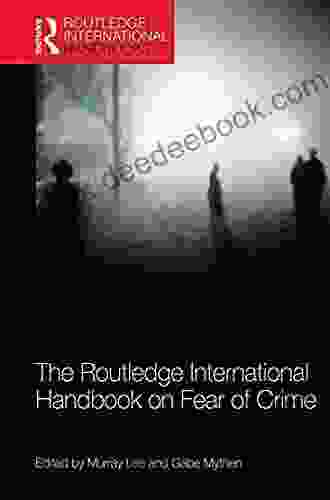
 E.E. Cummings
E.E. CummingsThe Routledge International Handbook on Fear of Crime
Fear of crime is a serious problem that can...
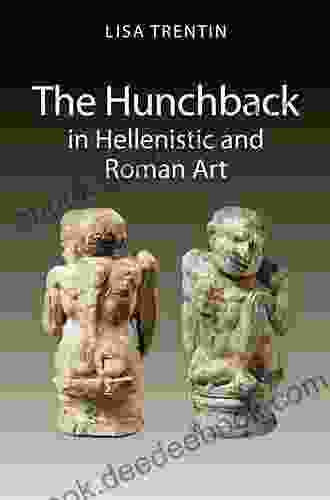
 Fletcher Mitchell
Fletcher MitchellThe Hunchback in Hellenistic and Roman Art: A...
The hunchback, or kyphosis, is a physical...

 Victor Turner
Victor TurnerA Comprehensive Guide to Needle Felting for Moms:...
Needle felting, a captivating craft...
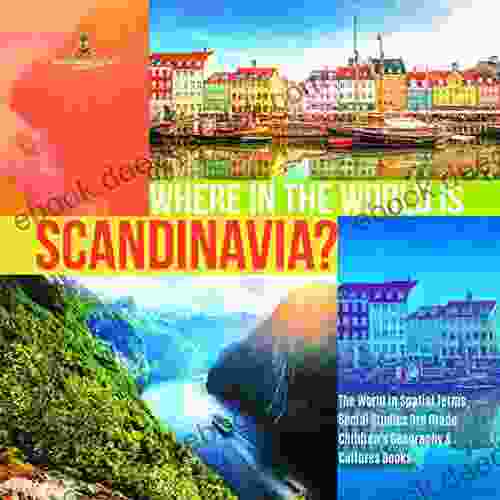
 Joseph Foster
Joseph FosterWhere is Scandinavia?
Scandinavia is a region in...
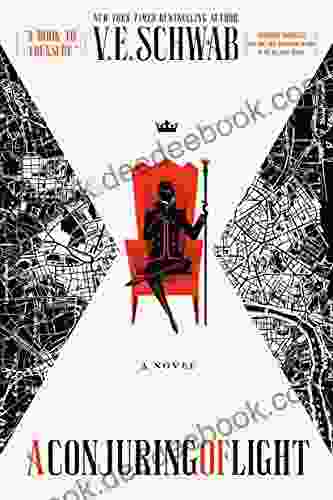
 Leon Foster
Leon FosterNovel Shades of Magic: A Masterpiece of Magical...
An Enthralling...
4.3 out of 5
| Language | : | English |
| File size | : | 260 KB |
| Text-to-Speech | : | Enabled |
| Screen Reader | : | Supported |
| Enhanced typesetting | : | Enabled |
| Word Wise | : | Enabled |
| Print length | : | 146 pages |



